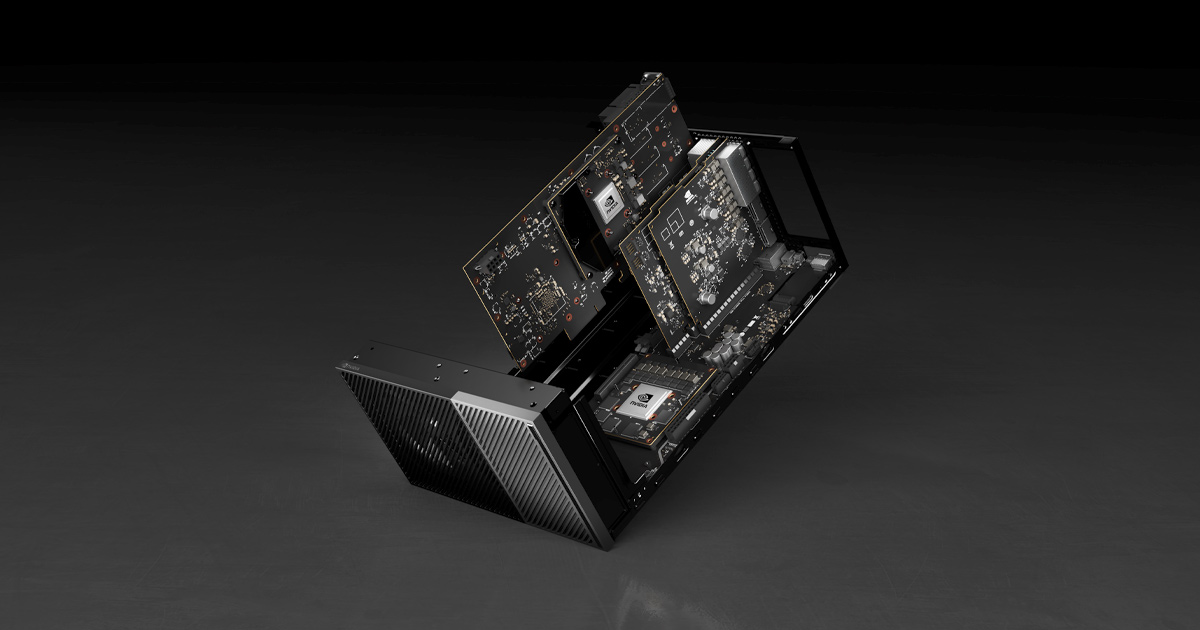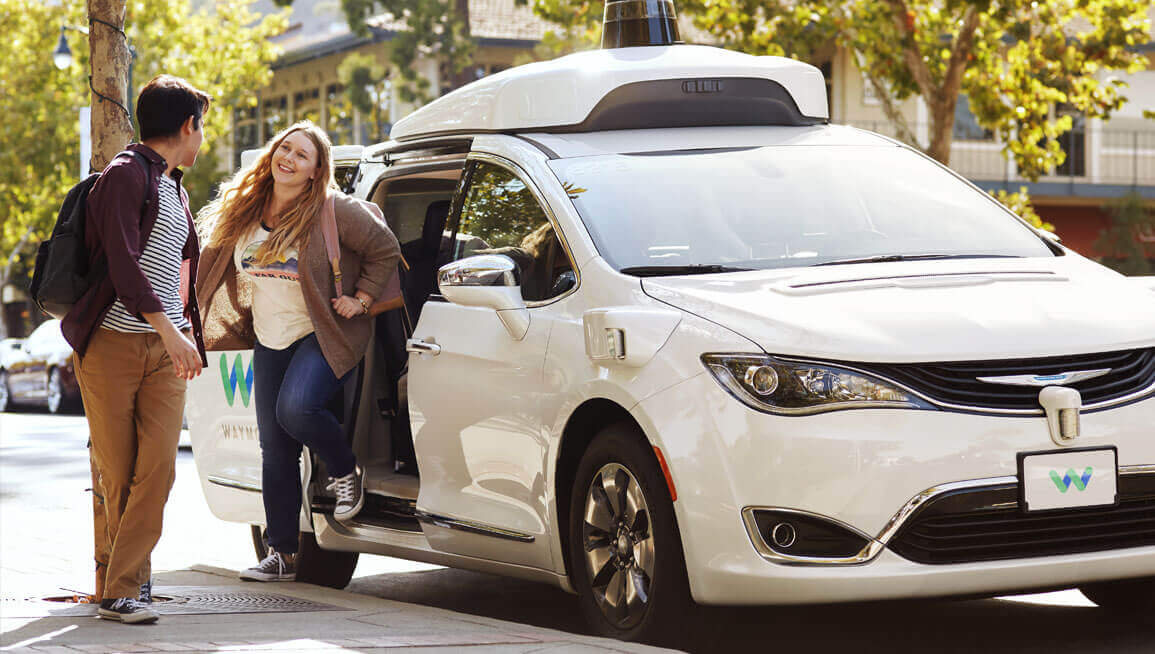Jimmyjames
Site Champ
- Posts
- 675
- Reaction score
- 763
Mark Gurman had a q&a today. The primary topic was the Apple Car.

 www.bloomberg.com
www.bloomberg.com
It’s interesting overall, the items that I found particularly interesting are these three nuggets.
1) The car had advanced silicon and it ran on the equivalent of 4 x M2 Ultras! So 2x M2 Extremes?
2) The os was a new(?) microkernel based os called safetyOS. I wonder if this is something that will eventually come to their other products. I mentioned in another thread that there has been changes to XNU to allow more microkernel related activities: Exclaves.
3) He mentions in passing that work has just started on the M4 MacBooks. Many have taken this to mean the M4 itself will not arrive for a long time, and that this proves the cadence for M chips is around 18 months. I think he meant the MacBooks with M4 were just starting, not the M4. I still hold out hope that a yearly cadence is Apple’s aim.
Thoughts?

Live: Mark Gurman Answers Your Questions on Apple’s Failed EV Effort
It’s interesting overall, the items that I found particularly interesting are these three nuggets.
1) The car had advanced silicon and it ran on the equivalent of 4 x M2 Ultras! So 2x M2 Extremes?
2) The os was a new(?) microkernel based os called safetyOS. I wonder if this is something that will eventually come to their other products. I mentioned in another thread that there has been changes to XNU to allow more microkernel related activities: Exclaves.
3) He mentions in passing that work has just started on the M4 MacBooks. Many have taken this to mean the M4 itself will not arrive for a long time, and that this proves the cadence for M chips is around 18 months. I think he meant the MacBooks with M4 were just starting, not the M4. I still hold out hope that a yearly cadence is Apple’s aim.
Thoughts?



